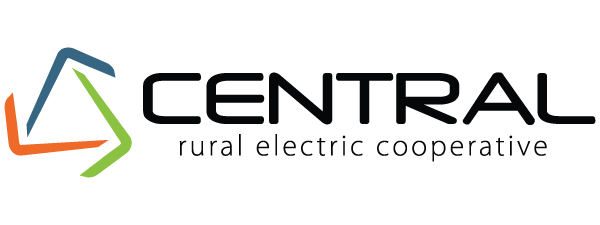What are capital credits?
An electric cooperative operates on an at-cost basis by annually “allocating” to each member, based upon the member’s purchase of electricity, operating revenue remaining at the end of the year; later, as financial condition permits, these allocated amounts - capital credits - are retired. Capital credits represent the most significant source of equity for Central. Since members are also the people the co-op serves, capital credits reflect each member’s ownership in, and contribution of capital to, the cooperative. This differs from dividends investor-owned utilities pay shareholders, who may or may not be customers of the utility.
How are margins allocated?
Margins are allocated to members as capital credits based on their purchases from the cooperative—how much power the member used.
Where does the money come from?
Member-owned, not-for-profit electric co-ops set rates to generate enough money to pay operating costs and make payments on any loans. At the end of each year, we subtract operating expenses from the operating revenue collected during the year. The balance is called an operating “margin.” These margins are allocated to members.
What about the years that haven't been retired?
All capital credits allocated for every year members have been served by Central are maintained until such time as the board retires them.


